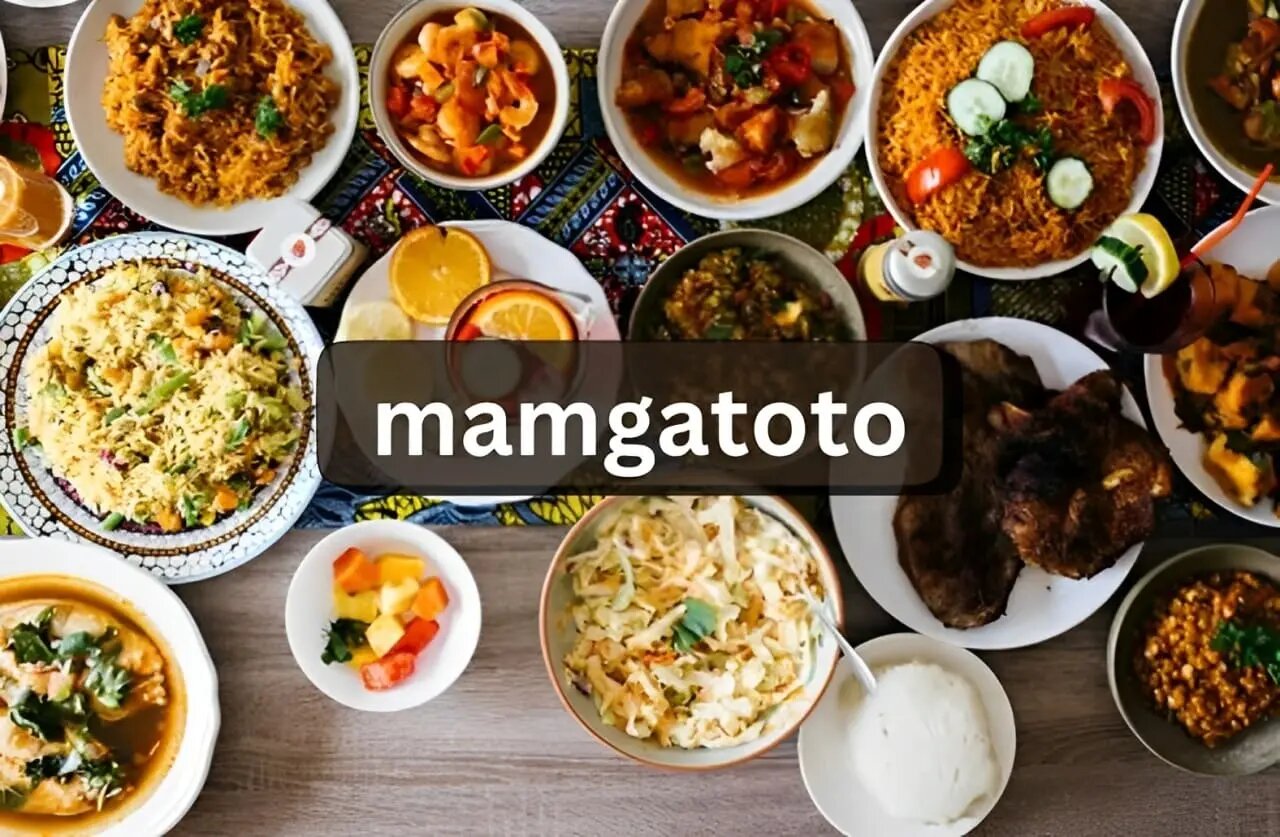What is Mamgatoto?
Mamgatoto, a term derived from the Swahili phrase meaning “mother-child,” refers to a holistic approach to maternal and child health that integrates medical, nutritional, and psychological care from pregnancy through early childhood. Understanding this concept is crucial for promoting healthier generations.
The importance of understanding Mamgatoto
By focusing on both the mother’s and child’s health as a single unit, Mamgatoto emphasizes the interconnected nature of their health outcomes. This approach can lead to better long-term health for both, reducing the incidence of common and complex health issues.
Current relevance and research trends
In recent years, the concept of Mamgatoto has gained traction in global health discussions, especially with rising concerns about maternal mortality rates and child health in developing regions. Research has expanded to explore the efficacy of integrated care models.
Various forms of Mamgatoto
Mamgatoto care varies widely, including prenatal care, postnatal support, and early childhood care, each critical at different stages of the mother-child journey.
Classification by severity and duration
The care required can vary based on the severity of health issues faced and the duration for which care is needed, from short-term interventions to ongoing support.
Genetic vs. environmental Mamgatoto
Some aspects of Mamgatoto focus on genetic predispositions to certain conditions, while others address environmental factors such as living conditions and access to healthcare.
Early signs of Mamgatoto
Early signs that a Mamgatoto approach may be needed include high-risk pregnancy indicators and early childhood developmental delays.
Progressive symptoms
As issues progress, they may manifest as more severe medical conditions in the mother or child, necessitating more intensive interventions.
Differences in symptoms across demographics
Symptoms and necessary interventions can vary significantly across different populations, influenced by genetic, socioeconomic, and environmental factors.
Genetic predispositions to Mamgatoto
Certain genetic markers can indicate a higher need for Mamgatoto approaches, such as those linked to high maternal and infant mortality rates.
Environmental triggers
Poor environmental conditions can exacerbate health risks, making Mamgatoto care more critical.
Lifestyle factors influencing Mamgatoto
Lifestyle choices, including diet, exercise, and substance use, play significant roles in the effectiveness of Mamgatoto care strategies.
Diagnosis and Tests
Screening processes for identifying at-risk populations are essential for implementing early interventions.
Advanced diagnostic tools
Advanced tools can help in diagnosing complex cases, allowing for tailored interventions.
Interpreting test results
Understanding test results in the context of Mamgatoto care is crucial for developing effective care plans.
Conventional medical treatments
These include medications and surgical interventions necessary during and after pregnancy.
Alternative therapies and their effectiveness
Exploring the effectiveness of alternative therapies such as acupuncture, herbal medicine, and chiropractic care in the Mamgatoto context.
Role of diet and exercise in managing Mamgatoto
Nutritional planning and physical activity are pivotal in ensuring the health of both mother and child.
Preventive healthcare approaches
Proactive healthcare measures to prevent complications are integral to Mamgatoto.
Educational programs on Mamgatoto
Programs designed to educate about Mamgatoto can empower communities to adopt healthier practices.
Policies and guidelines for prevention
Government and institutional policies can support or hinder the implementation of effective Mamgatoto programs.
Case study 1: Managing Mamgatoto in early stages
A detailed case study of early intervention and its benefits.
Case study 2: Long-term outcomes
Exploring the long-term health outcomes of sustained Mamgatoto care.
Personal narratives and their impact on awareness
Real-life stories can dramatically increase the visibility and understanding of the importance of Mamgatoto.
Conclusion
Summary of Mamgatoto
Recap of the key points discussed about Mamgatoto and its impact on maternal and child health.
Importance of ongoing education and research
The need for continuous research and education to evolve and adapt Mamgatoto practices.
Call to action for community support and awareness
Encouraging reader engagement and community action to support Mamgatoto initiatives.
